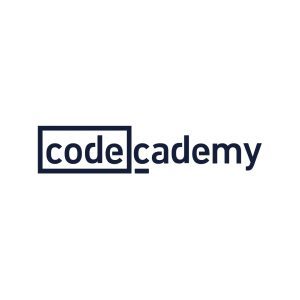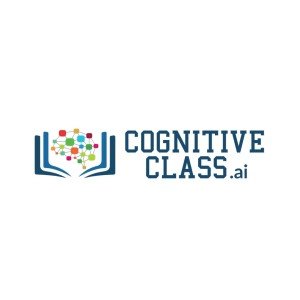AI & Robotic
Showing 1141–1152 of 1355 results

Prompt Engineering: Generative AI for Reconnaissance
Leverage generative AI and reconnaissance for advanced cybersecurity defense. Learn how ethical hackers utilize these techniques.

Prompt Engineering: Generative AI for Scanning & Enumeration
Explore the convergence of ethical hacking and AI. Learn how generative AI strengthens network scanning and enumeration in cybersecurity.

Prompt Engineering: Generative AI for System Hacking
Discover how generative AI enhances ethical hacking techniques and detects system vulnerabilities. Learn best practices for preventing system hacking and conducting AI-driven penetration tests.

Prompt Engineering: Mobile Platform Security in the GenAI Era
Fortify mobile platform security using generative AI. Learn AI-driven attack methods, fix app vulnerabilities, and understand AI's role in mobile hacking.

Prompt Engineering: Web Application & Database Hacking in the Age of GenAI
Explore ethical hacking with AI for web application and database security. Learn to mitigate AI-assisted attacks, secure databases, and patch vulnerabilities effectively.

Protect Your Company Reputation with LLM Guardrails
Learn how to protect your company's reputation by implementing LLM guardrails. Discover strategies to prevent AI-generated content from causing harm and ensure safe AI interactions.

Put Your Machine Learning on Autopilot
In this session, you'll learn about Automated Machine Learning (AutoML) and how the latest advances in AutoML allow you to put your machine learning models into autopilot mode while maintaining full visibility and control.

PyGWalker: Unlocking the secrets of FIFA World Cup data
Unlock the secrets of FIFA World Cup data using PyGWalker. Learn how to visualize and analyze soccer statistics to uncover patterns and trends with advanced data analysis techniques.

Python Data Science Basics with Numpy, Pandas and Matplotlib for Beginners
Covers all Essential Python topics and Libraries for Data Science or Machine Learning Beginner.

Python For Data Analysis and Data Science: Zero To Mastery With Pandas
Learn how to use Python for Data Science, Machine Learning & Data Analysis, Learn Hand's on Pandas and NumPy With 100+ Exercises and 4 Real Life Projects !

Python Mastering With NumPy For Data Science & Machine Learning
From Beginner to Advanced Level

PyTorch for Classification
Build AI classification models with PyTorch using binary and multi-label techniques.
